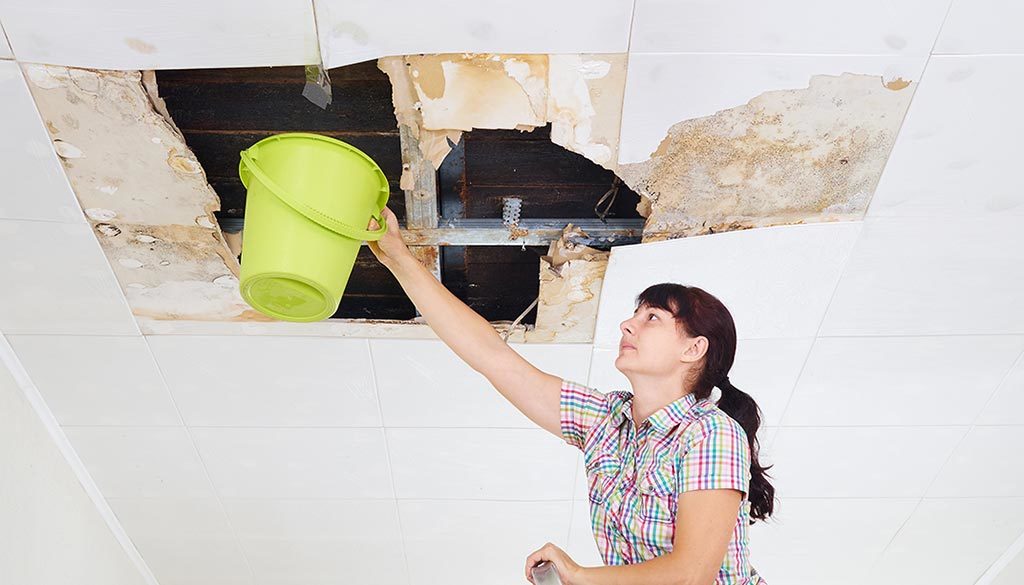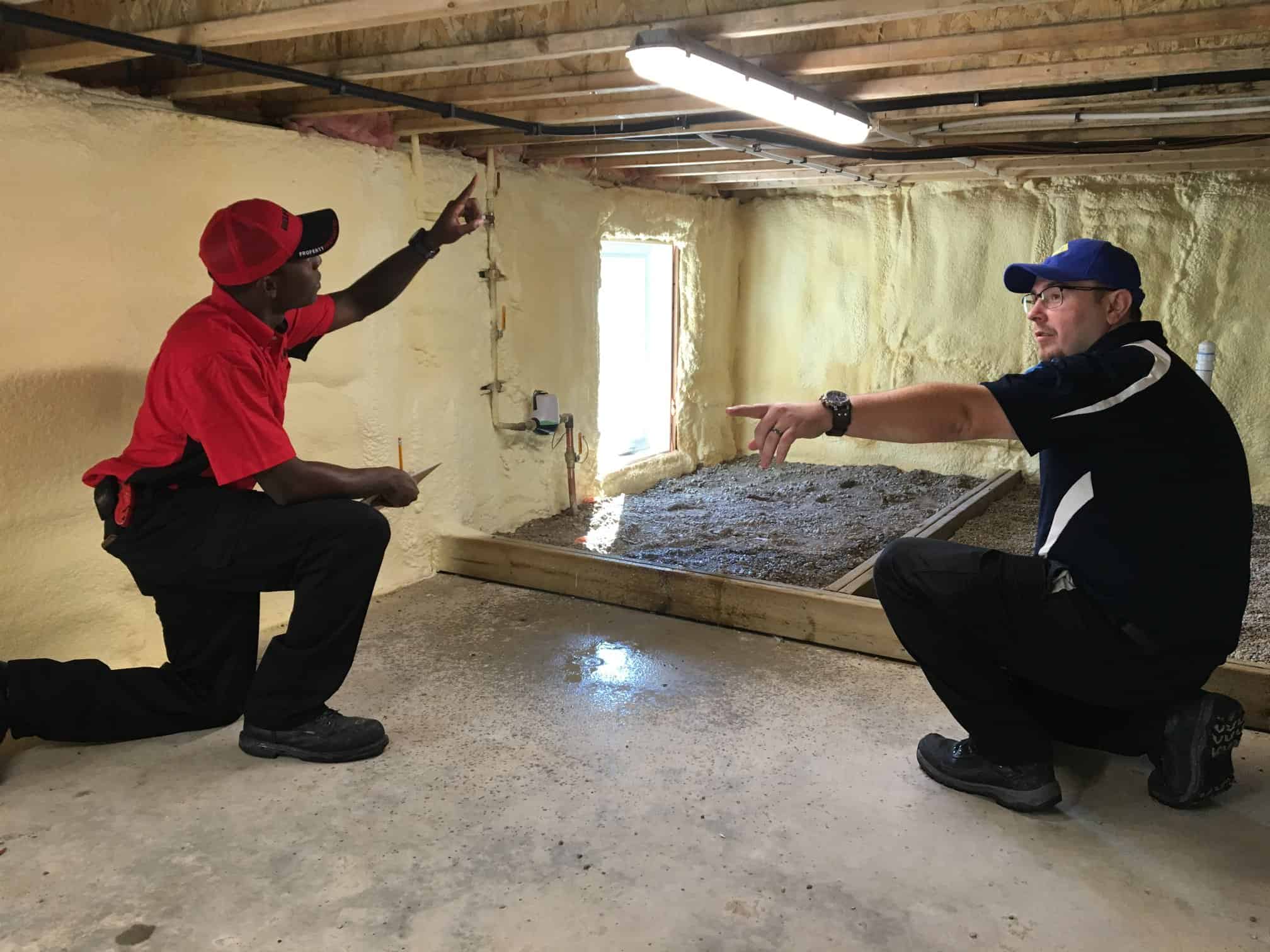Water Damage Restoration Specialists Ready to Fix Any Issue Fast
The Process of Water Damage Clean-up: Guaranteeing Your Home Is Restored Successfully
Water damage can be an overwhelming challenge for home owners, necessitating a careful and structured cleaning process to restore security and capability. Initially, an extensive evaluation is critical to identify the degree of the damages and establish the appropriate remediation steps. Following this, effective water extraction methods play an essential duty in mitigating additional damage. Nonetheless, the subtleties of drying out, sanitizing, and eventual restoration are just as vital and commonly overlooked. Understanding these phases can make a substantial distinction in the result of your home's remediation, prompting a closer consider what each action involves.
Examining the Damage
Upon finding water damage, the initial step is to extensively evaluate the level of the effect. This first assessment is crucial, as it aids determine the essential steps for reliable cleanup and reconstruction. Begin by examining the influenced areas, consisting of wall surfaces, ceilings, floors, and personal items, to identify the resource of the water breach, whether from flooding, leaks, or condensation.
Recording the damage is crucial for both insurance coverage cases and planning repair initiatives - damage restoration services. Use photos and created notes to capture the intensity of the damages, noting any type of afflicted architectural elements and products. Pay unique focus to areas that may not be quickly noticeable, such as behind walls and under carpets, as hidden wetness can cause more complications, including mold growth
Furthermore, examine the timeline of the water direct exposure. The longer the products continue to be damp, the better the possibility for damages. Recognizing the period of direct exposure will certainly educate the necessity of removal initiatives. Inevitably, a thorough analysis lays the foundation for an effective water damages cleaning procedure, making sure that all influenced locations are resolved properly and extensively.
Water Removal Strategies

Professionals usually use submersible pumps for larger volumes of water, which can promptly alleviate flooding in basements or other impacted areas. For smaller sized amounts, wet/dry vacuum cleaners are typically utilized to extract residual wetness from rugs and tough surfaces. Additionally, utilizing portable extractors enables targeted removal in restricted areas or locations with fragile products.
In circumstances of infected water, such as sewage or floodwater, advanced extraction methods may entail using biohazard devices to guarantee security and conformity with health regulations. High-powered extraction devices are crucial in minimizing water retention in structural products, which can bring about mold and mildew development and structural wear and tear if not addressed promptly.
Ultimately, the performance of water removal methods plays a critical role in the total success of the water damages cleanup process, preparing for subsequent remediation efforts.
Drying and Dehumidification
As soon as standing water has actually been successfully drawn out, the next crucial stage in the water damages clean-up procedure is drying out and dehumidification. This action is necessary to prevent further damage and mold and mildew development, which can take place within 24 to 48 hours in wet environments.
To achieve effective drying out, customized tools such as industrial-grade air movers and dehumidifiers is employed. Air moving companies circulate air across damp surfaces, enhancing dissipation prices, while dehumidifiers minimize moisture levels airborne, advertising a helpful atmosphere for drying out. The combination of these tools guarantees that moisture is attracted out from furnishings, floorings, and wall surfaces, allowing them to dry thoroughly.
It is crucial to monitor the drying procedure very closely. Experts frequently make use of dampness meters to evaluate the wetness web content in numerous materials, making sure that all influenced locations reach acceptable dryness levels. This careful method assists to protect against hidden moisture pockets that could cause architectural damage or harmful mold and mildew development.

Cleansing and Sterilizing
After the drying and dehumidification stage is complete, the next vital action in water damage clean-up is cleaning and sterilizing the affected locations. This procedure is important to avoid the development of mold, bacteria, and various other microorganisms that flourish in damp atmospheres.
The cleaning stage normally includes getting rid of any type of debris, dust, and contaminants from surfaces utilizing specialized cleaning representatives. For hard surfaces, a mix of soap and water or industrial cleansing products is usually used. Soft materials, such as furniture and carpetings, may require a lot more comprehensive cleansing methods, consisting of vapor cleaning or deep extraction methods, to ensure complete hygiene.

Disinfecting adheres to cleansing, making use of EPA-approved disinfectants to eliminate hazardous bacteria. This step is vital, specifically in locations that may have entered contact with floodwaters or sewage, as these sources can position major health and wellness risks.
Additionally, it is very important to deal with any type of remaining odors, which may need using odor neutralizers or advanced techniques like ozone therapy. Correct cleaning and sterilizing not only restore the safety and security and health of your home however also lay the groundwork for effective reconstruction and repair services in subsequent stages of the water damages clean-up process.
Restoration and Repairs

As soon as the assessment is complete, remediation efforts can begin. This usually includes fixing or changing damaged products, making certain that all job abides by neighborhood structure codes and review criteria. As an example, if drywall has actually been endangered, it will certainly require to be gotten rid of and changed with brand-new material. Furthermore, flooring might call for similar attention, depending on the degree of water direct exposure.
It is essential to engage seasoned repair experts during this procedure, as they possess the experience to manage complex repair services properly. They can assist reduce possible future issues, such as mold and mildew growth or architectural instability, thus making sure a habitable and risk-free living environment. Eventually, reliable remediation and fixings bring back the home's honesty and enhance its general worth.
Conclusion
To conclude, the procedure of water damage clean-up is critical for bring back a home to its pre-damage problem. Each phase, from examining the damages to implementing efficient water removal methods, adhered to by comprehensive drying out, disinfecting, and necessary repair work, plays an important function in making sure safety and security and conformity with building standards. Efficient implementation of these actions not only reduces instant damages yet likewise enhances the long-term stability and value of the property.
Water damage can be a difficult challenge for house owners, necessitating a meticulous and organized cleaning process to recover security and capability. Eventually, a comprehensive evaluation lays the groundwork for a successful water damages clean-up procedure, guaranteeing that all influenced areas are attended to efficiently and extensively.
Efficient water removal techniques are crucial in reducing damages and preventing additional complications complying with a water breach event.In conclusion, the procedure of water damages cleanup is vital for recovering a home to its pre-damage condition. Each phase, from examining the damages to executing efficient water removal look at this now strategies, followed by complete drying out, sanitizing, and required repair services, plays an essential role in making sure security and conformity with structure criteria.